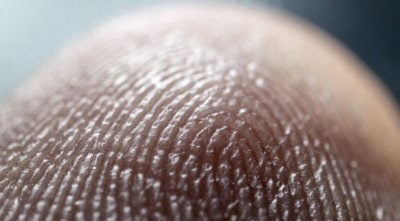Fingerprint biometrics can reveal a good deal more about an individual than who they are, as attendees of a presentation from The European Association for Biometrics (EAB) heard, though in some cases the changes that make diseases and other conditions detectable through fingerprints also render them useless for identification purposes.
The EAB lunch talk on ‘Disease detection and recognition in fingerprint images’ was presented by Ph.D. researcher Mona Heidari of Brno University of Technology.
Heidari explained the basic structure of the skin, how the three layers are affected by different conditions, and the various factors that can affect fingerprint image quality. Damage to the inner fat layer makes fingerprint reading impossible, for instance.
Damage can be seen in the epidermis and dermis layers in the form of structural changes or discoloration, Heidari says. Various conditions, including some commonly found in the third-world, manifest in eczema or psoriasis that can render fingerprint ridges unreadable.
Where discoloration or structural changes are found on the fingerprint can sometimes indicate what kind of health problem they are facing, according to Heidari. Straight lines often but not always indicate cut wounds, while irregular dark patches and small capillary lines are among the possible indications of diseases or other health problems.
Heidari also explained the sources used to build the biometric dataset used in the research.
Her team applied fingerprint recognition algorithms to fingerprints after the images were classified by detector algorithms.
A classical approach with preprocessed images was used, due to the low volume of data available, were used to generate histograms, which showed promise, Heidari says. Other algorithms and approaches were successful to significantly varying degrees.
The data available is not sufficient for machine learning approaches, so Heidari has experimented with synthetic data, yielding positive early results.
A researcher working on infant biometrics told Biometric Update previously that indications of highly sensitive health information could be seen from a glance at some fingerprint images, opening up a range of ethical dilemmas and data protection concerns.
The next EAB event is the WIC Midwinter Meeting on ‘AI and Privacy – Regulatory, Technical and Scientific Perspectives,’ and the next lunch talk will address ‘Why deepfakes aren’t the real challenge for remote biometrics,’ presented by Ann-Kathrin Freiberg of BioID.
Article: Disease detection from fingerprints improving despite limited biometric data
